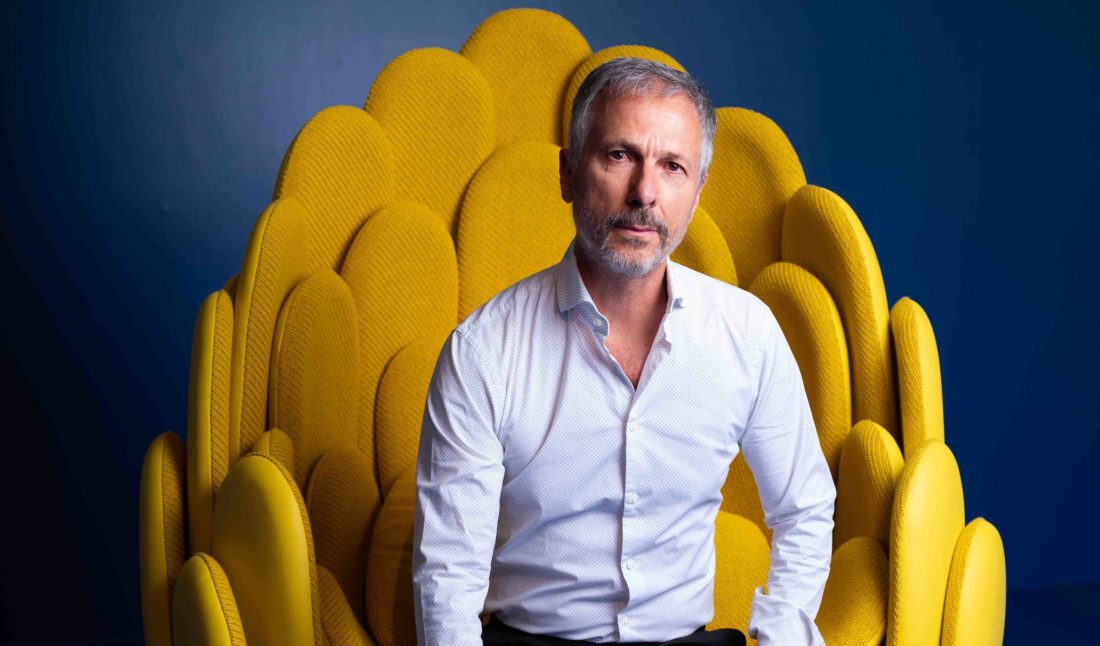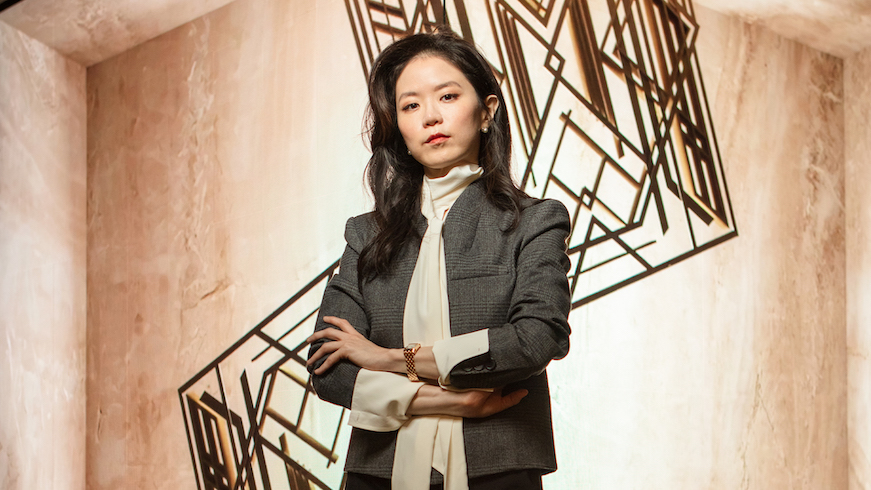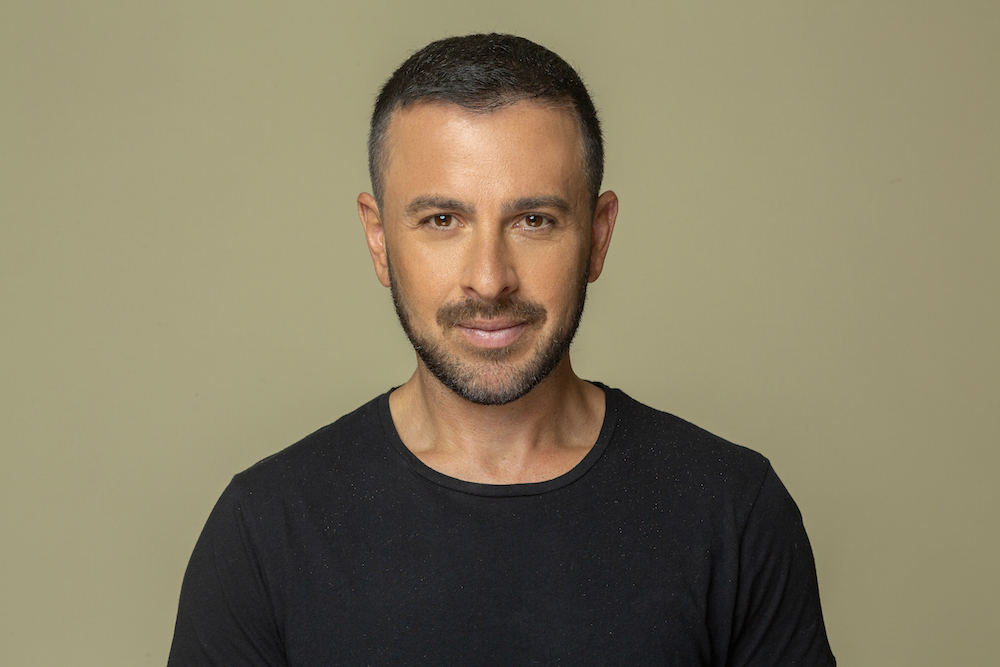Travel is at the heart of Louis Vuitton. The house captured the spirit of the journey since its inception, creating customized pieces for clients when a jaunt abroad was much more of a to-do. Take, for instance, a bed trunk produced in 1874 for the French explorer Pierre Savorgnan de Brazza.
That approach to design was the inspiration behind Louis Vuitton’s “Objets Nomades” collection, which has since 2012 collaborated with major designers to make furniture fit for movement—whether in function or feel.
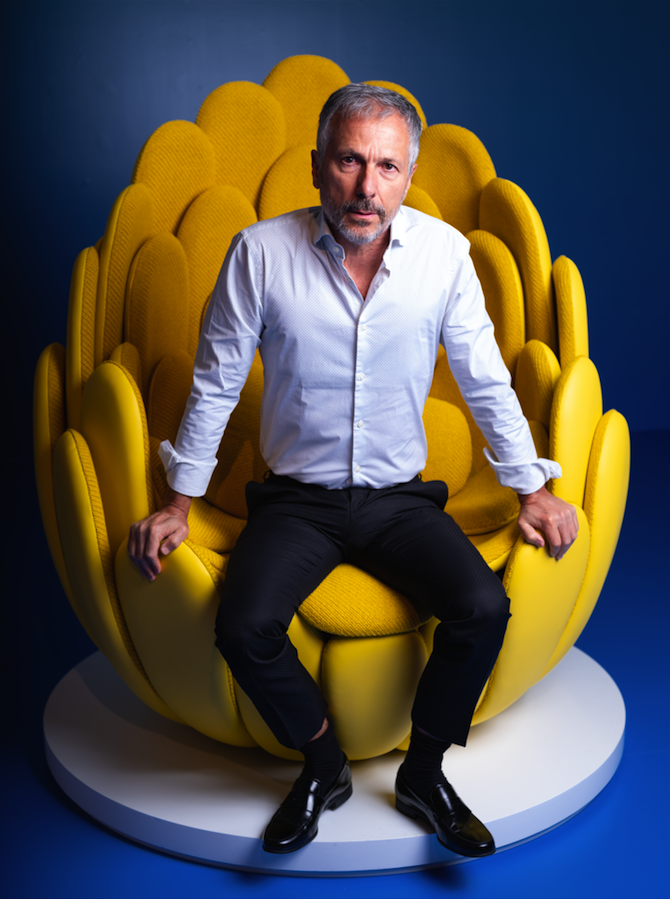 Photo by Mike Allen.
Photo by Mike Allen.
Humberto and Fernando Campana have been a part of the ongoing series from the start. The Brazilian brothers debuted Cocoon, a cozy hanging seat; Bomboca, a colorful, bulbous sofa; and others. Earlier this year in Los Angeles, a few of their pieces were part of an exhibition at Milk Studios during the city’s edition of Frieze.
Whitewall met with one half of the design duo, Humberto, to talk about the wonder of wandering. A few months later, we also checked in to see how he was doing amid the current global health crisis.
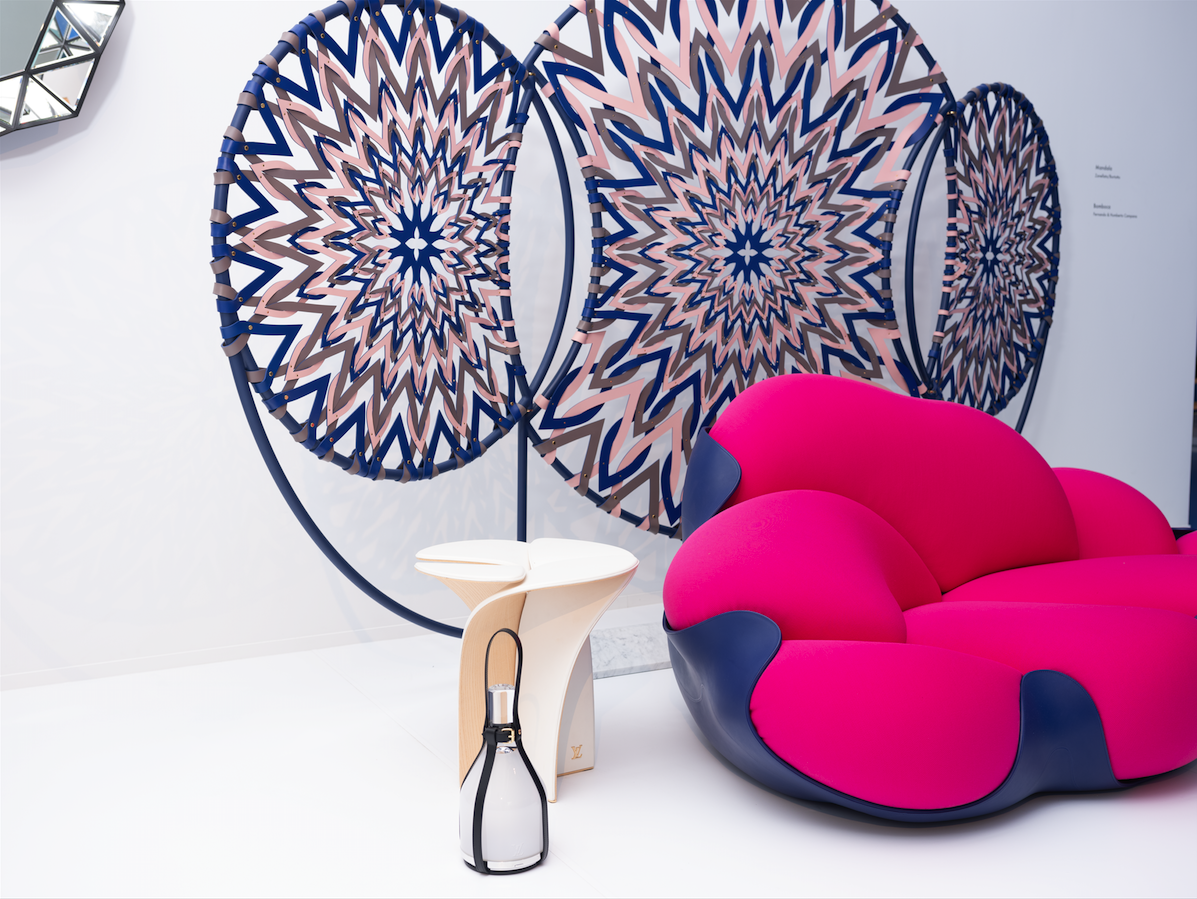 Photo by Mike Allen, courtesy of Humberto Campana.
Photo by Mike Allen, courtesy of Humberto Campana.
WHITEWALL: How were you first approached to collaborate with Louis Vuitton for the “Objets Nomades” collection?
HUMBERTO CAMPANA: Louis Vuitton first contacted us back in 2009, when they were starting to develop the “Objets Nomades” collection. They handpicked a few established and up-and-coming designers from around the world and invited us to collaborate with their first collection, which was launched in 2012.
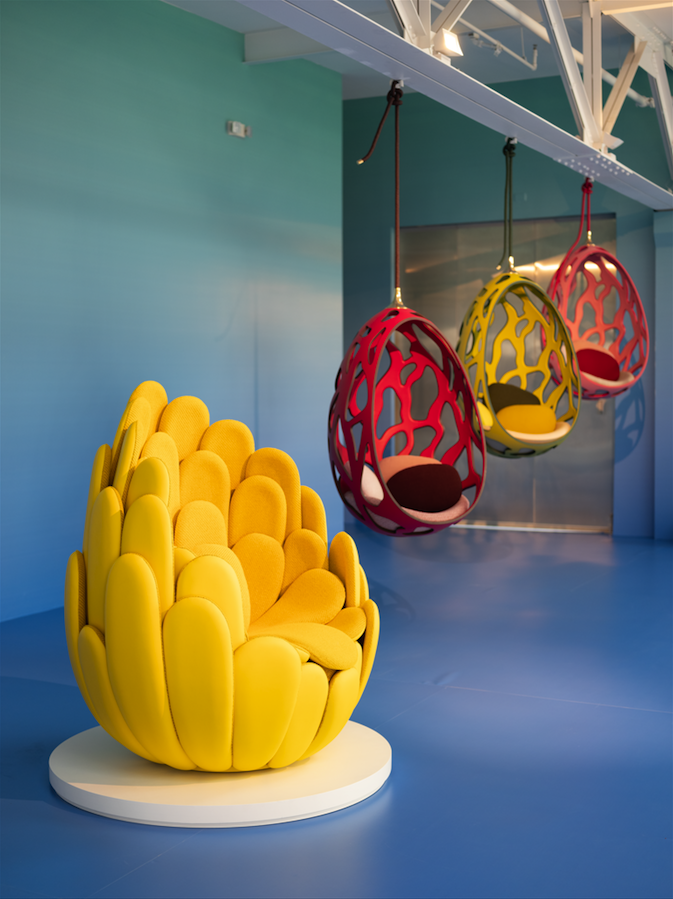 Photo by Mike Allen, courtesy of Humberto Campana.
Photo by Mike Allen, courtesy of Humberto Campana.
WW: How did you get to explore Louis Vuitton materials and workshops?
HC: The whole process was very intense, despite it being almost entirely remote. We would hold meetings with their new product design team to discuss ideas, then request some samples of materials used in their products to be shipped to us. From there, we would brainstorm new applications and infuse it with our DNA. The material is always the starting point for us.
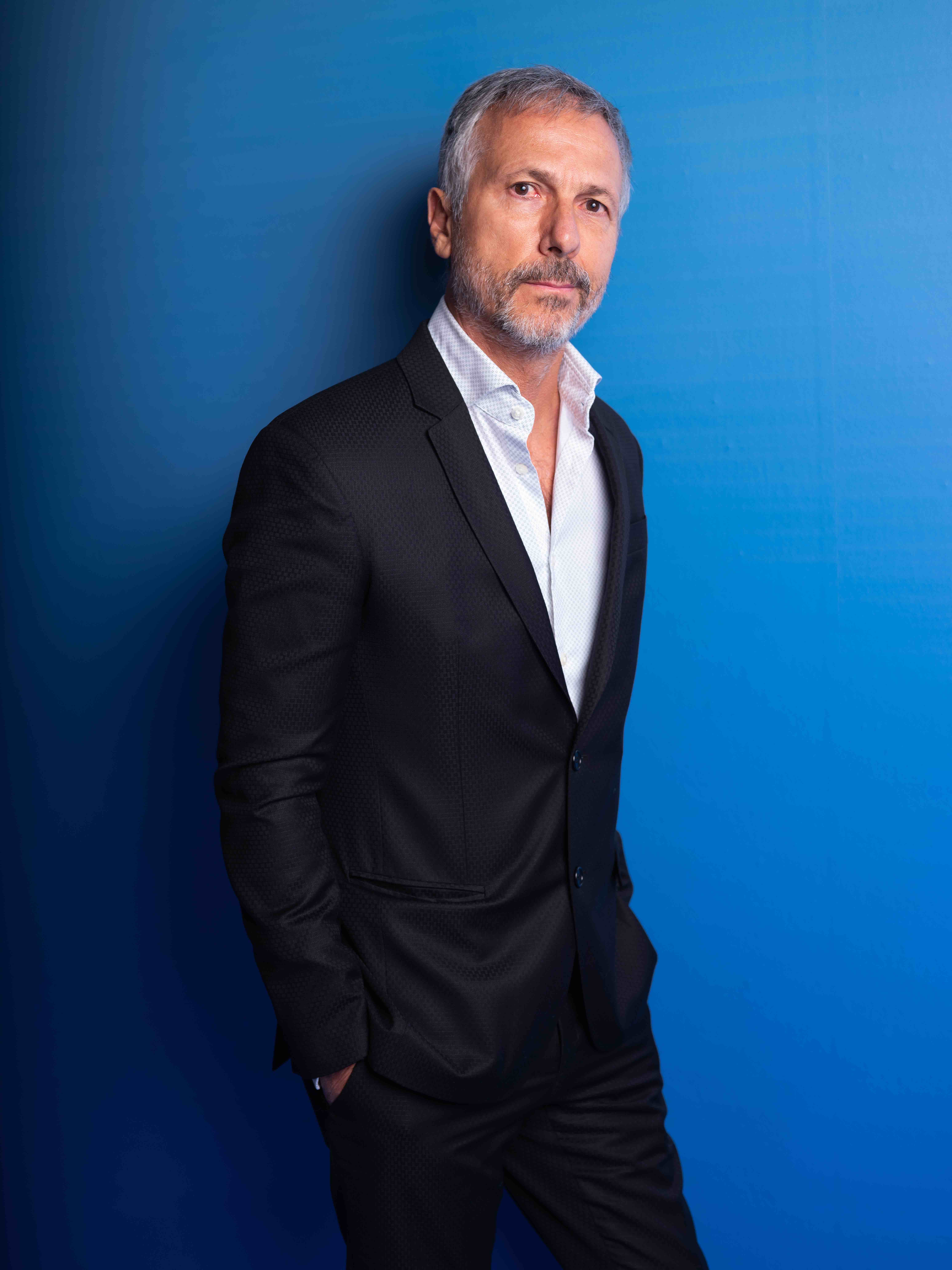 Photo by Mike Allen.
Photo by Mike Allen.
WW: How did you take the inspiration of travel into account?
HC: The first thing we did was to look at the history of Louis Vuitton and their trademark of producing world-class travel goods, and how that enhances the travel experience itself. We wanted to create something that followed that tradition. Secondly, we thought about the personalization of the temporary space we occupy when we travel. And lastly, the mobility aspect of a traveler.
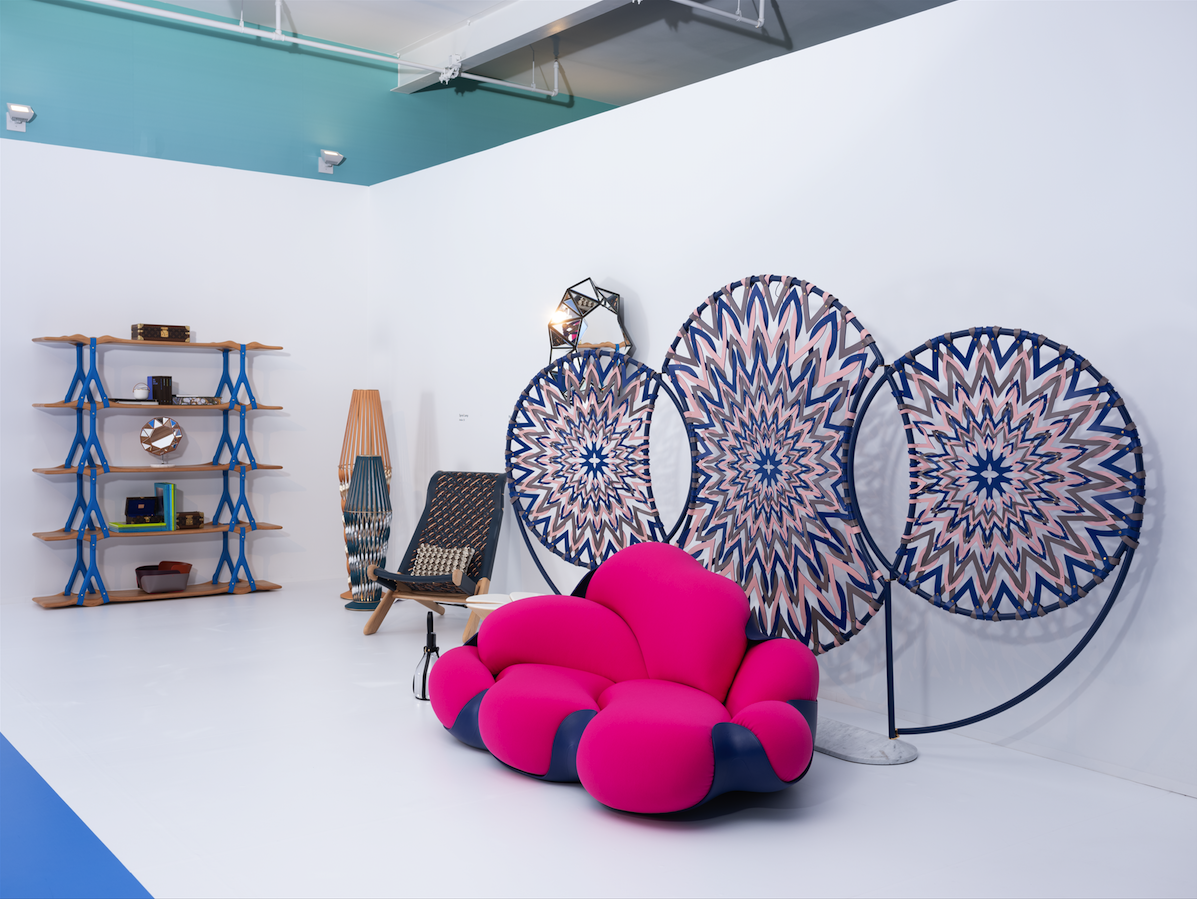 Photo by Mike Allen, courtesy of Humberto Campana.
Photo by Mike Allen, courtesy of Humberto Campana.
WW: In your overall practice, what role does travel play?
HC: Traveling takes us out of our comfort zone. It ignites our minds with new existences. It allows us to interact with new things, from materials, colors, and scents to the ways people live and interact with their surroundings. It’s the encounter with the new.
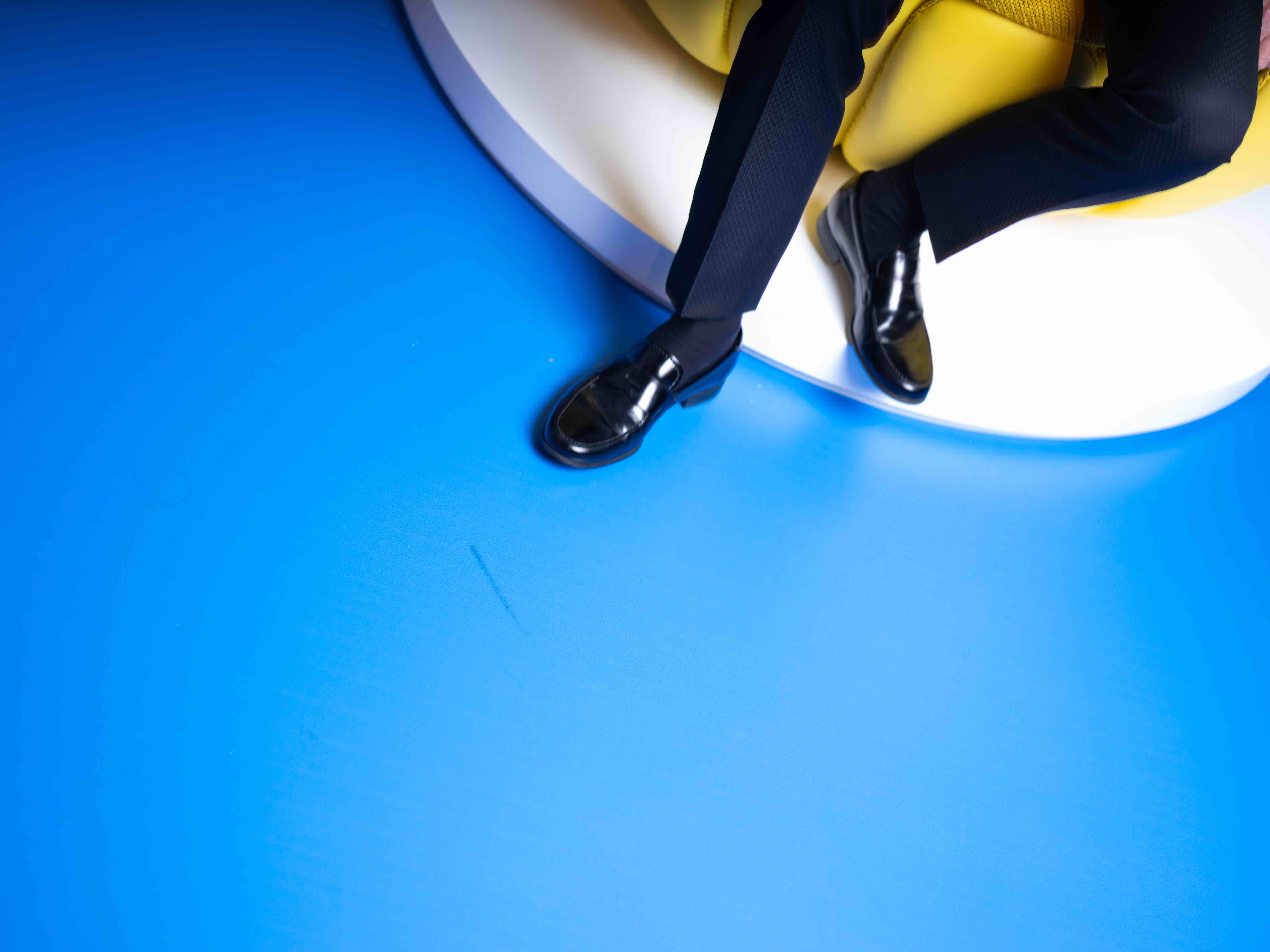 Photo by Mike Allen.
Photo by Mike Allen.
WW: How familiar were you with working in leather, prior to this collaboration?
HC: We have been working with leather for quite some time in our collections, so we were certainly quite familiar with it. I think the difference with this collaboration is that the story attached to that material was new to us, the concept of travel, and that’s what made it that much more interesting.
WW: Was there an aspect of this ongoing dialogue that you’ve taken back to the studio?
HC: Doing this collaboration with Louis Vuitton is very much like doing an MBA. There was a learning curve on how to take the incredible expertise of LV’s design team and incorporate it with our way of working and our signature. With each project, we saw our original ideas blossom into something outstanding. Together, we polished our ideas through collaboration, and that was a very important realization for our practice.
WW: Can you tell us about the inspiration behind each object—Cocoon Fur, Bulbo, Tropicalist Vase, Bomboca Sofa, Maracatu?
HC: The first collaboration was a hanging cabinet covered with leather offcuts, and was inspired by the carnival in Recife city, located in the northeast of Brazil, where there is this dance called “Maracatu.” After that came Cocoon, a sort of hanging nest that resembles those of butterflies. Bomboca was named after a traditional Portuguese treat, and it’s a playful puzzle-like sofa, followed by the Tropicalist vase, inspired by the texture of Bromelia flowers. Our latest creation, Bulbo, a striking two-meter-high flower-shaped throne made of leather and woven fabric, was inspired by Brazilian flora.
WW: How did you consider color for these pieces?
HC: We come from a solar country with vibrant colors everywhere you look. Our biomes are so rich and diverse, as well as our exuberant fauna and flora, our landscape, so naturally we drew our color palette from this diversity that soaks us daily.
WW: Were there any firsts for you working on the pieces for “Objets Nomades”?
HC: I’d say it was the first time we associated materials with a predetermined concept and focused on that from year to year. Luckily, travel is a very broad theme, so it has been a very fun partnership.
WW: What piece would we most likely see in your own home?
HC: I would say the Bomboca piece. I like its domestic nomadic quality and its various configurations. It can be used as a sofa, a bed, and you can easily move it around to different parts of the house.
WW: Any upcoming travels you’re excited about?
HC: We are going to the Amazon in the second half of this year to work closely with native communities as part of a long-term partnership with a large cosmetic company that shares our deep concern with the environment. Even though I’ve been there a few times on vacation, this will be a full-on immersion to understand how design, people of all walks of life, and the industry can develop a sustainable production chain.
WW: How is the current health crisis affecting what’s happening in your studio? Are you able to find the time to get into the studio and create?
HC: It’s a very difficult moment for all of us in Brazil because, in addition to the health crisis related to the coronavirus, we are also going through a political crisis, with a madman in the presidency who is making things a lot harder for our medical staff in the frontlines across the country.
On a personal level, I try to overcome this situation through work at home, since our studio closed down as soon as the partial quarantine was declared by the governor of São Paulo. I have been making collages—which is something new for me—with images taken from magazines that I keep in the house, and putting together a quarantine journal of sorts. I make a new one every couple of days or so, whenever inspiration allows, and that has been very helpful to keep my creativity alive.






